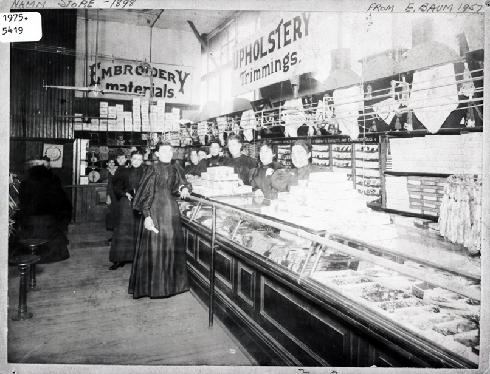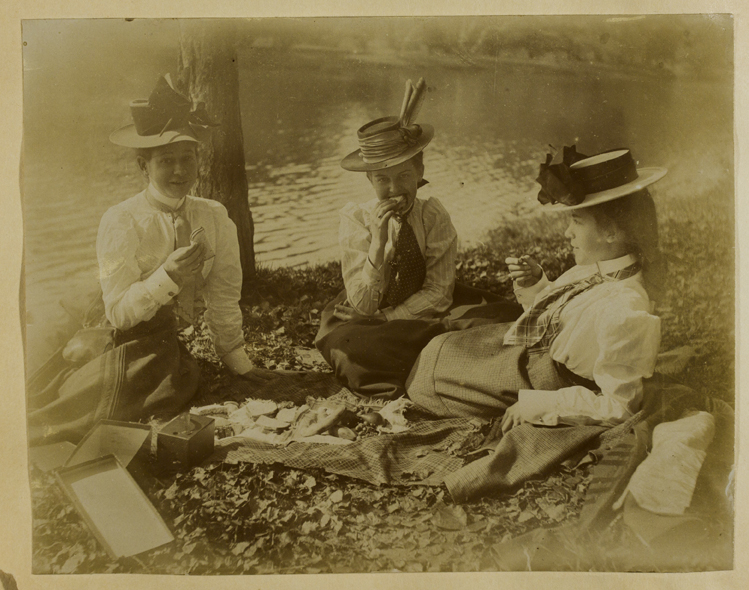In “City Limits” by Colson Whitehead, Colson expresses his idea of New York City through out his writing. Starting by the first paragraph he writes he tells us that he was born in NYC therefore, he was ruined for anywhere else. By This he means that like his born in NYC it already ruined the chance of him liking any other place. For him the city is that great that he knows for a fact theres no other place like his.
He also says New York is always changing into new things and new places but whats important to you is how NYC is at the moment you first lay your eyes on it. That’s why you shouldn’t believe what no one tells you about the history of new York because they just telling you was THEIR New York City like not what your is. Even though NYC is always changing it would stay the same way to you but as new people come to NYC the new places would be their different NYC. Colson Whitehead expresses his sorrow by telling us that when places change unexpectedly you don’t get to say goodbye to them because you don’t really know when is your last time sitting on that place. That’s why is very important to remember this places before they’re gone because they are very important to you and is part of what makes YOUR NYC so special.





